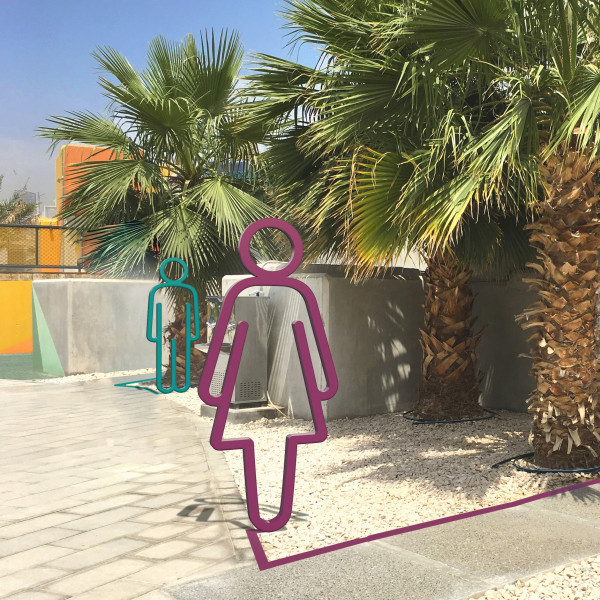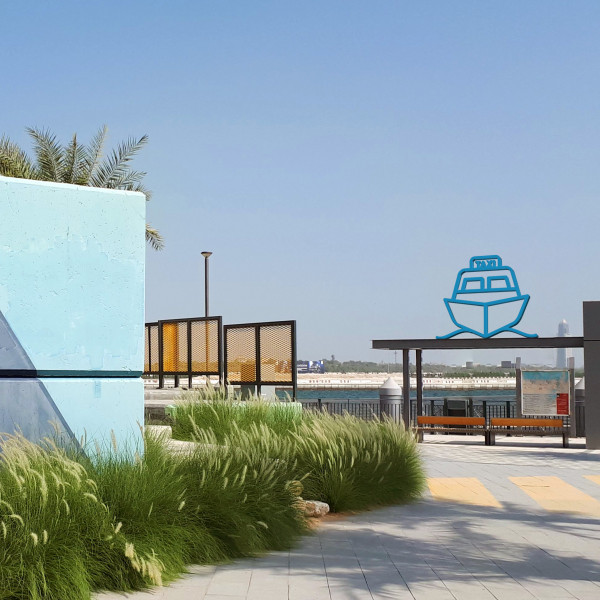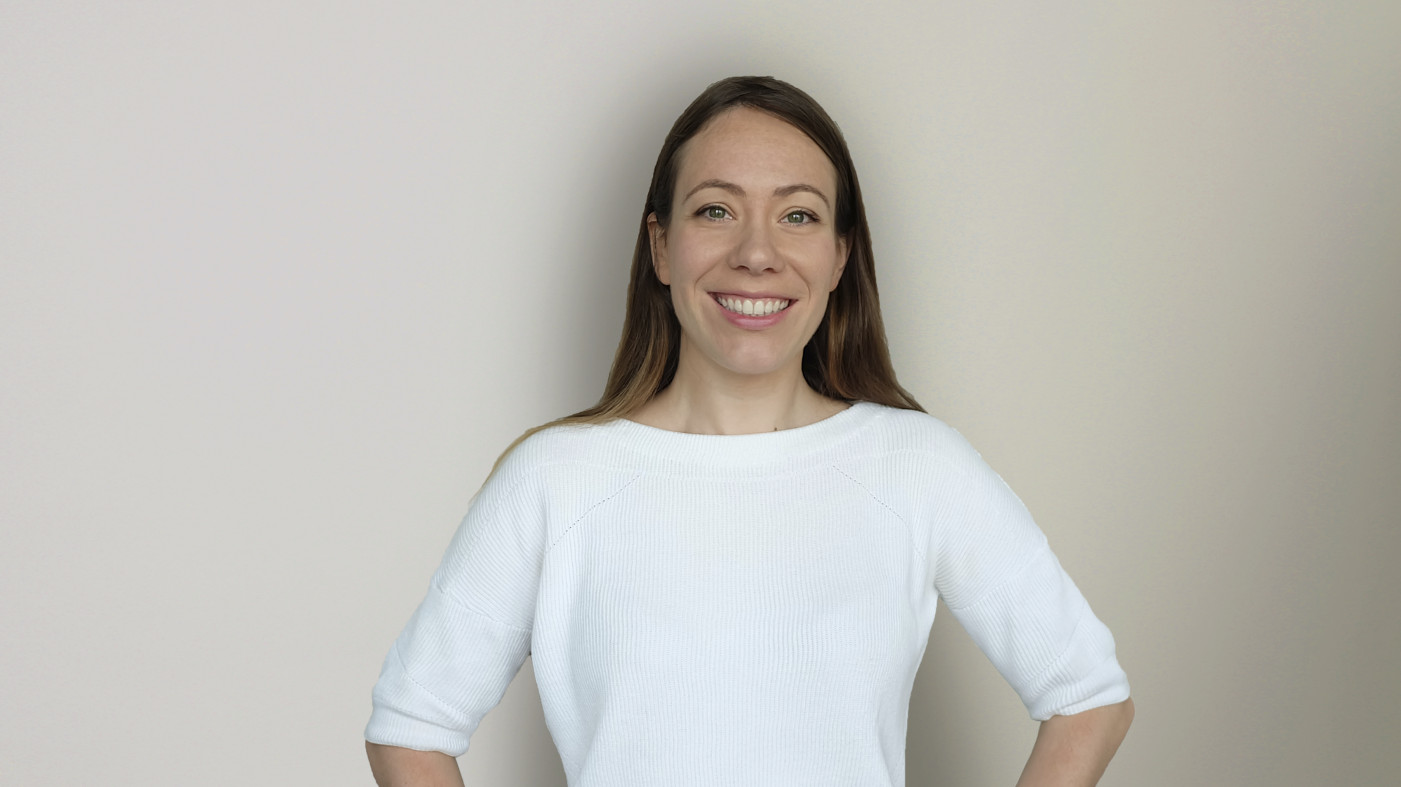How did you get to where you are today?
I want to know how things work or how they are made. Combined with my love for art, this drove me to graduate with a master degree in industrial creation.
I started my professional journey by working for a start-up innovating painting equipment, then for a fashion designer, and I also spent five years at a design/art practice in London. These experiences gave me the opportunity to work on extremely creative projects, of all scales – from 3D modeling jewelry to landscaping small architecture – and for high-profile clients such as an NYC art gallery, Arup engineering, and UK Trade & Investment.
What's a typical day like for you at Endpoint?
As a wayfinding designer, I focus on strategy and design throughout the full length of a project. On a daily basis, I have my own projects at different stages. I make sure clients are always up to date and I go the extra mile to keep them happy!
But the real difference at Endpoint is that we make it more about teamwork. So, I might build my project’s strategy with my colleagues or I might brainstorm design ideas for someone else’s project. In our team, we all have different perspectives and this approach is a great way of answering the needs and concerns our clients might have.
What projects have you recently worked on?
At the moment I’m working on an underground parking lot. It was built years ago and there are lots of things to be mindful of – from the super-hot temperature to its unusual length of over 1 km.
No glam there, however, the challenge that comes with these constraints makes it really interesting. We had to completely rethink the traditional user experience of a parking lot to be able to propose wayfinding solutions that actually work in this situation.
I also recently worked on a project for an outdoor activity park. The landscape architects have created an amazing space with huge concrete blocks repurposed from the construction of the canal, next to the park. Translating the urban, fun and edgy identity of the space into wayfinding designs invited lots of creativity. Inspired by Instagrammable walls and selfie moments, we created human-scale pictograms.
So, at each activity, these pictograms strike a pose and that’s how the visitor identifies the area from a distance. We just reviewed the first prototype and I can’t wait to see the rest of the designs come to life!



What's the most challenging type of project you've worked on and why?
Some spaces can be very complex to navigate. It might be because of their scale or because they are somehow disconnected. Finding the simple logic which will make it all easy to understand can be a challenge. But it’s a good challenge, that’s what makes each project different and interesting.
What’s your favourite part of a project?
The most exciting part for me is creating concepts and designs. I love a blank page, no matter the tools: pencil, vectors, or 3D. I already have dozens of ideas coming from the project analysis and our strategy. At that moment every design is possible and I can’t wait to see how these ideas are going to take shape.
Where was the last place you got lost?
Here in the UAE, the scale of the places can be huge so it’s a very common occurrence for me! But I also used to get lost in the City of London’s old little streets when I lived there.
I can get lost anywhere – but I actually see it as a strength! As someone who designs wayfinding, understanding where I get lost and where I’d look for information really helps me to get the strategy right in my own projects.
And… if you were a font, which one would you be?
I’m sorry, but I just couldn’t be a font! I love graphic design, but I’d miss having a third dimension, a texture, or a shadow! If I had to, I’d much rather be a pictogram. Especially in wayfinding, pictograms have more potential: they can be read in any language, at a fraction of time.
